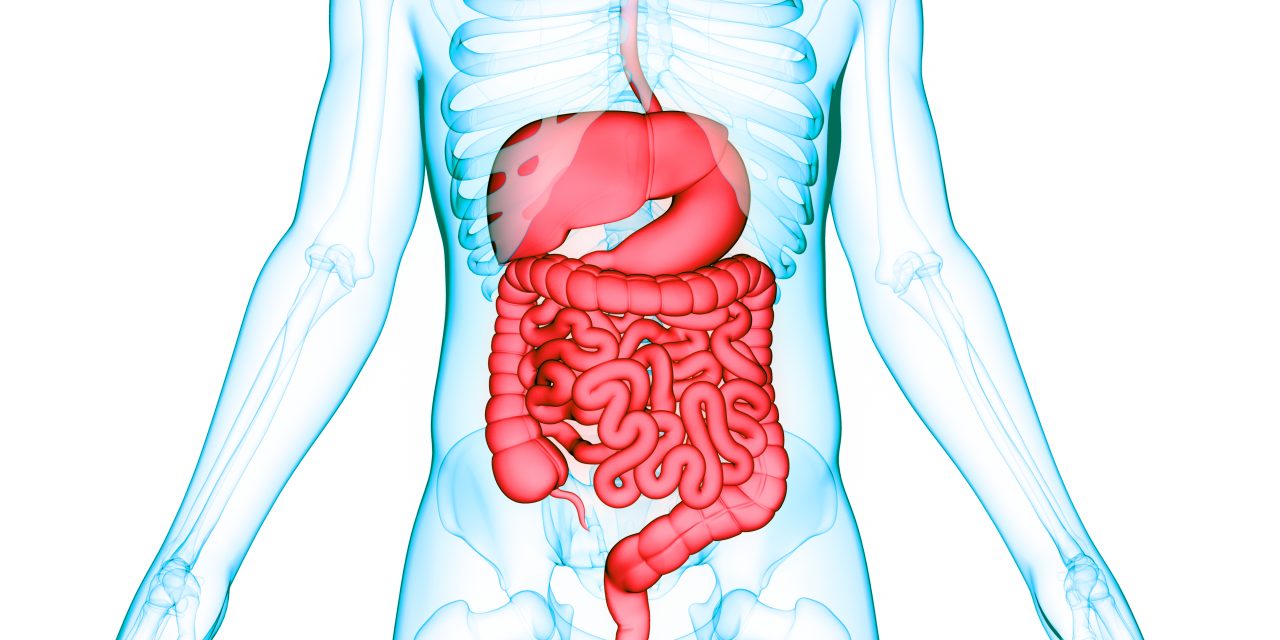Large scale data on esophagogastroduodenoscopy (EGD) in Western countries are scarce. We conducted a prospective study on the diagnostic yield of upper gastrointestinal endoscopy in France.
An online questionnaire was sent to all French gastroenterologists practicing endoscopy. Data from EGDs performed during one week were collected. A statistical extrapolation of the results to a whole year was performed.
342 gastrointestinal endoscopists, representative of the population of French gastroenterologists, provided data on 2735 EGDs, corresponding to 1 006 316 (95%CI = 937 080-1 075 552) procedures for the entire year. 1770 (64.7%) EGDs were performed under sedation or general anesthesia, and 930 (34%) were associated with a colonoscopy. 896 (32.8%) EGDs were normal. Hiatal hernia and esophagitis were the most frequent esophageal diagnoses, in 496 (18.1%) and 374 (13.7%) cases, respectively. Barrett’s esophagus was diagnosed in 109 (4%) patients. Among gastric lesions, endoscopic gastritis was reported in 572 (20.9%) patients; ulcer, polyps, and suspected malignancy in 78 (2.9%), 62 (2.3%), and 19 (0.7%), respectively. 1597 (58.4%) EGDs included mucosal biopsies, and 141 (5.1%) were associated with a therapeutic procedure.
We report nationwide prospective data on upper gastrointestinal endoscopy practice in France. Our data suggest that about 300 000 normal EGDs each year in France could potentially be avoided by a diagnostic strategy relying on upper GI capsule endoscopy, providing significant relief on healthcare practitioners.
Copyright © 2020 Elsevier Masson SAS. All rights reserved.
Diagnostic yield of esophagogastroduodenoscopy in France.


